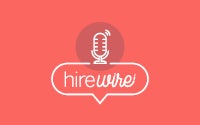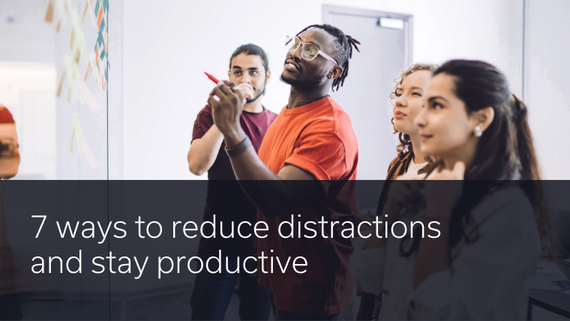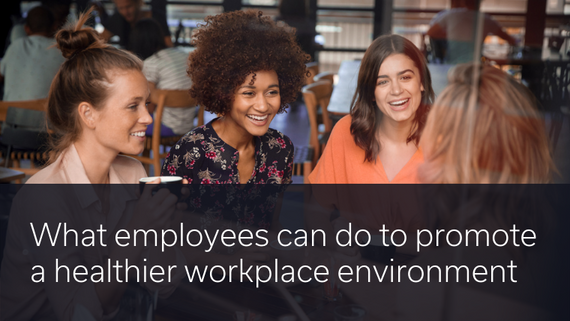5 new challenges for HR leaders in the next phase of the pandemic

Many of us have now been working from home for so long that we have lost track of which month it is. The weeks of crisis communication and transitioning to a remote workforce may be behind us (like spring and summer), but the pandemic’s impact on our HR departments is still apparent. Here, we discuss some of the challenges that HR departments are facing now that organisations accept that Covid-19 will have a long-lasting impact on the way we work.
Catering to a semi-permanent and remote workforce
When the pandemic first began to take hold, HR’s main concern was providing everyone with the right equipment to work from home. It is interesting to see how fast the world has become used to the new status quo. For many of us, ‘work’ is no longer linked to a physical location. While this almost overnight transition may have initially brought employees closer together, fostering togetherness in the long-run presents a new challenge.
If you are an HR professional in an organisation that was forced to let people go because of the pandemic, or are in a sector that was hit hard by the crisis, your employees may be worried about their job security. This can have a serious impact on their trust in the company, and, consequently, on their engagement and their mental wellbeing. HR plays an important role in keeping communication transparent and regular, providing invaluable reassurance in these difficult times.
Employee clustering is another potential pitfall in a (partly) remote workforce. Now that ‘watercooler conversations’ are no longer part of our day, there’s a risk that employees only speak to the few colleagues they work closely with. There is also a tendency to ‘cut to the chase’ in online meetings, leaving no room for the casual conversation that builds relationships.
Helping to mitigate these new issues, virtual platforms and apps can bring people together. Enterprise connectivity platforms such as Workplace and Yammer invite employees to share successes, to collaborate in an informal way and to celebrate special moments together. Applications for virtual recognition such as Kudos and iAppreciate allow employees to give each other a (virtual) pat on the back for a job well done.
Preparing business leaders for the new way of working
Many organisations feared that the transition to a remote workforce would lead to a drop in productivity. However, it appears that the opposite happened. Research undertaken by the Robert Walters Group in May this year shows that 78 percent of employers saw equal or increased output from their teams during the first weeks of remote working. However, it would be a mistake to think that keeping your remote working employees productive and engaged is a done deal. In the long-run, people may need more structure, positive reinforcement and a different management style to stay happy and productive. A remote workforce brings new questions to the table: Do we want to keep fixed working hours? Or an eight-hour work day?
HR needs to help their leaders do just that – lead.. They can provide leaders with business-wide rules and guidelines on how employees are expected to work from home. They can also help managers set realistic expectations for their teams’ output. A Robert Walters study shows that 48 percent of managers used ‘hours spent’ as a variable to measure productivity. This may no longer be fit for purpose in the era of remote working. HR can live up to its role as a business partner by helping leaders define new ways to measure success, so that their management style fits the new way of working.
Adapting your workforce to your company’s needs
Once the end of the pandemic and lockdown comes into view, organisations may need to re-evaluate how they distribute their workload. The pandemic may have brought a lot of work to one department, while leaving another with under-utilised staff. Open up the conversation by asking each department about their specific situation. Are there tasks that can temporarily be outsourced to a different department? Are there employees interested in turning the crisis into a new career opportunity by making a permanent switch to a different role?
Retaining an employee is much cheaper than attracting a new hire. This is still the case if it means spending the time to prepare them for an entirely new role, because they are a fit for the company and they know their way around. As an added bonus, upskilling an existing employee and offering them a new career path shows their colleagues that you are a great employer, even in difficult times.
Managing rapid policy changes
No other department manages as many policies as HR. And the vast majority of those policies have been affected by the pandemic, from policies for working in the office, to remote hiring; from sick leave foreign travel to sales meetings, they need constant monitoring. On top of that, government aid programs bring new paperwork and uncertainties. Creating one easy point of access, where employees can find all the latest information and FAQs, will reduce the burden of ad hoc questions on your HR department.
Avoiding panic decision-making (and being empathetic)
Senior leadership has the difficult task of navigating your organisation through the current crisis. HR can act as the voice of reason when there’s a tendency towards drastic decision-making. They can ask the rational questions: Are redundancies, hiring freezes and changes in bonus structure really needed, or can we hold on a little longer before we implement these measures? How can we handle each of these measures in a way that’s fair to all employees? As an HR business partner, it is your responsibility to ensure that senior management have considered all available options.
Redundancies are not only tough on the people losing their jobs, it creates uncertainty and hurts the morale of all employees. Think carefully about how to communicate any measures that have a negative impact on your employees’ trust and wellbeing. Show which other options the organisation has explored to avoid taking these measures, and why certain choices were made. A trusting workforce is a more united workforce, and keeping all heads turned in one direction is one of the biggest goals for as an HR department.
Download our eGuide, HR’s role in the new world of work, for practical advice and a framework of key considerations for HR leaders’.











